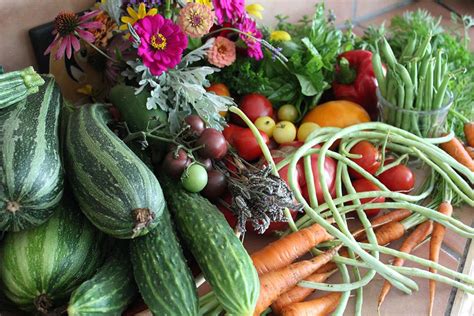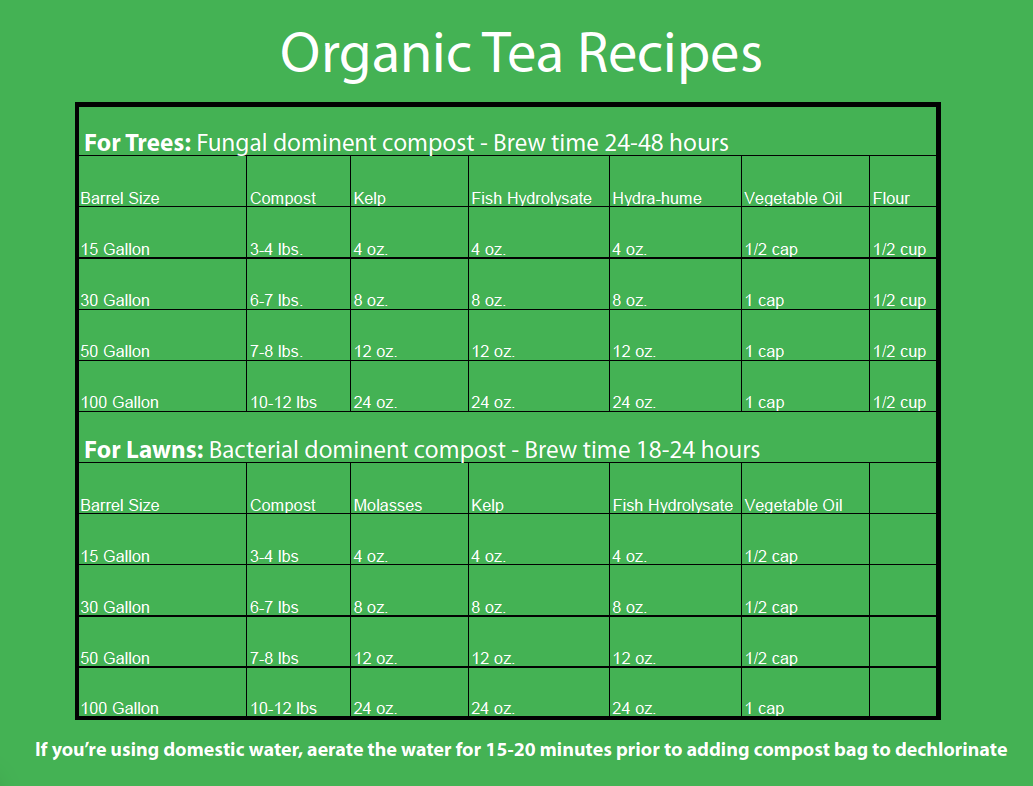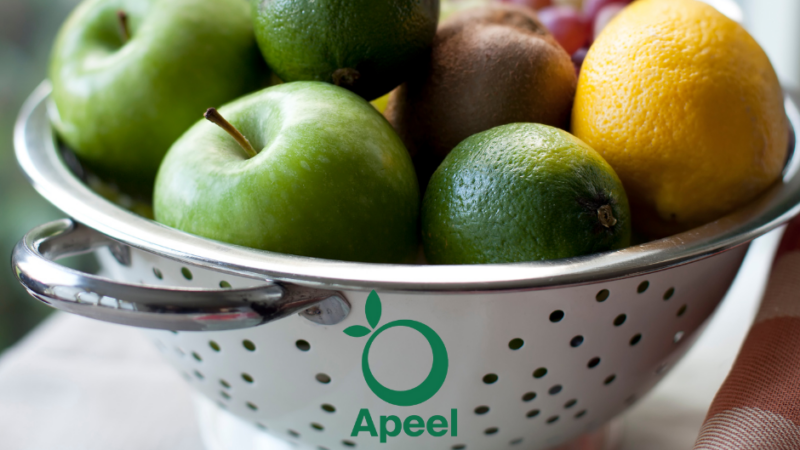A Cup of Tea For Your Garden. How Compost Tea Could Help You Avoid Chemicals.

The best way to know what’s on your food is to grow your own. Mid-season the garden plants are pushed to their limits. Just as thriving plants are beginning to produce, insects and disease could arise. Instead of seeking a chemical to apply, here’s an environmental and health friendly alternative. Compost tea has beneficial, active aerobic microbes that can be applied to both soil and leaf. What are Microbes? It all goes back to the soil food web. Just put its a balance of insect and disease control and optimum plant health. Consider adding an aerobic compost tea to your garden system. Providing the garden with an astonishing number and diversity of beneficial, active, aerobic microbes will help you avoid problems such as mildews and fungus without the need to apply harmful and toxic chemicals.
WHAT IS COMPOST TEA?
Compost tea is a great way to revive the soil food web when there’s not enough compost to go around and to establish beneficial aerobic microbes on the leaves of our plants, as well. Gardeners have been making a form of compost tea for centuries by putting a small amount of compost in a pail of water, sometimes inside a burlap sack, stirring it once in a while for a few days, and then applying that water to the soil. It’s a lot like making a cup of tea — put the tea bag in the container, add water, stir and drink. That’s tea.
There are two types of teas; Anaerobic (no oxygen) and aerobic. The difference is the length and intensity of the benefits it provides.
Anaerobic tea:
Gardeners add “foods” to the tea to wake up the microbes, but in doing this then they use up more oxygen, and the tea can quickly go anaerobic (no oxygen). Immature compost may also make an anaerobic tea. Anaerobic tea may have its particular uses, but it will be mainly composed of anaerobic bacteria and yeasts, not unusually diverse, and lacking aerobic microbes like fungi, protists, and many bacteria.We want the aerobic tea to restore more of the beneficial microbes.Bubbling air through the water with some kind of air pump and adding specific foods to feed and multiply the microbes produces aerated compost tea. This system can extract and increase an astonishing number and diversity of beneficial, active, aerobic microbes. The goal is aerobes (aerobic organisms), because they’re generally the beneficial ones. Excellent compost tea can contain as many as 100 trillion bacteria per 0.03 oz. (1 ml).
Could Disease Controlled with Compost Tea instead of Pesticides/Herbicides?
- One primary benefit of compost tea in disease control is the ability actually inoculate the leaves of our plants, something we can’t do with compost. With more experience, a gardener can also get fancy and brew specific teas for specific circumstances. A brew a tea to combat powdery mildew on grapes, or a tea to alter the microbial population in soil to allow the food grower to establish an orchard.
- Compost tea can’t be marketed as a pesticide and people have found themselves in legal trouble for doing so, but of course, it can help to control some plant predators because that’s what beneficial microbes do.
- There has been some excellent research on compost tea, mostly on a larger scale.
- Vineyards have achieved good control of mildews and even been able to harvest their grapes several weeks early, giving them a head start on wine making.
Food growers have controlled diseases and documented many other benefits for plant health. Golf courses and parks have reduced pesticide, chemical fertilizer, and water use, substantially lowering costs while creating healthier turf.

Harvard University has been using compost tea for 10 years. (See their article)
They did a one-acre test of mostly turf in 2008 using compost, compost tea, mycorrhizal fungi, humic acids, liquid kelp, and organic fertilizer. Compared to the control, root growth was two times greater and nitrogen produced was three to four times greater.
- They were able to mow 50% less, presumably because there wasn’t such a big hit of nitrogen and other chemical fertilizers all at once which often produces green grass and fast growth, but eventually causes problems.
- Cut water use by 30% and that was expected to increase to 50% for a savings of two million gallons a year. Apparently, all 16 acres at Harvard are now organic.
In some gardens, one application of compost tea has cleared out plant predators overnight and perked the plants up as if it was exactly what they needed. In other gardens, a few applications have been necessary, and in other gardens, not much change was noticed. Part of gardening is trial and error, and the joy is in finding the solution.
Making Compost Tea
from Phil the Smiling Gardener
To make a good tea, you need to get a lot of factors right — air pressure, water quantity, size of the air bubbles, amount and types of compost and microbes foods, and on and on.
That means you either need to purchase a quality brewer that has been thoroughly tested and has the data to support that, or build your own and test and tweak it until you get it right.
The first option may cost you at least a couple hundred dollars for a five-gallon brewer, but that’s actually cheaper than the testing that needs to be done to build your own properly.
DIY aerobic compost tea
Aerobic Compost Tea it’s made by pumping air through water that contains a small amount of compost along with foods for aerobic microbes to multiply. Here’s an example brewer. This takes one to five days to make.
1. You start with a small amount of exceptionally good, aerobic, fully finished compost. Finished compost should look like rich, black soil, without any visible chunks of whatever went into it (except for things like egg shells which break down very slowly).
TIPS:
- A mixture of two or three different composts is even better. Using different composts will bring more microbial diversity, and you can also throw in a small amount of healthy soil.
- If you want to promote a fungal tea, perhaps to establish an orchard or shrub garden or strawberries, use compost that was made with a lot of woody material and still contains a small amount of woody material.
- Even better, mix some oatmeal or oat bran into the compost a few days before you brew at three tablespoons per cup of compost. Keep this moist, dark and warm at 75F (25C) to promote fungal growth. For a bacterial tea, go for a less woody compost.
2. Add compost to a mesh bag or directly into a bucket of clean (filtered non-chlorinated), room temperature water. Don’t use irrigation water, chemical run-off and chemigation (specifically added chemicals directly to irrigation water) could destroy the beneficial microbes you are seeking. *If you use city water, you need to let that bucket of water sit out for 24 hours for the chlorine to dissipate, or you can turn your air pump on for 20 minutes instead, and that also does the trick.
3. Your pump will blow air through tubes that are in the bottom of the bucket, the tubes attached with waterproof tape or weighed down somehow. The air goes through the water and compost, keeping the environment aerobic to favor the aerobic microbes, and physically pulling them off the compost.
TIPS
At the beginning of the brewing process add :
- Examples of right microbe foods include molasses, kelp, fish, humic acids and rock dust. Obviously, these products should not have preservatives in them, because preservatives are designed to kill microbes.
- Molasses, other sugars, fruit juice and kelp, promote more bacteria growth. Fish, seed meals, humic acids, yucca and rock dust, encourage more fungal growth.
At the end of the brewing process add:
Extracts from the yucca plant can be used as a biostimulant and wetting agent., which is added at the end., these are all added at the beginning of the brewing process. Mycorrhizal fungi can be added at the end of the brewing process if you’re making a soil application.
RECIPE for a five-gallon homemade brewer:
2 cups finished compost,
1 Tablespoon unsulfured blackstrap molasses,
1 Tablespoon liquid kelp,
1 teaspoon liquid fish to 5 gallons of clean water.
Brew for 2-3 days.
If you use a purchased brewer, they often use less compost. You may be able to buy excellent compost from the brewer manufacturer and a mixture of the microbe foods too.
Compost tea needs to be used as soon as possible after you make it because not long after that pump goes off, the oxygen in the water drops rapidly. It can be used for eight hours, but the sooner, the better. When possible use within one hour of its being ready.
Application method of applying it is to strain it through nylon or cheesecloth into a quality backpack sprayer, such as those made by Solo. This allows me to spray a mist at 60 psi and thoroughly coat both sides of the leaves of all of my plants. A watering can will suffice for soil applications, but some kind of spray is best.
A hose-end sprayer would work, but that water is coming through the hose often has chlorine in it, and it’s frigid. I’d instead not shock my microbes like that.
For foliar applications, which is the primary method of application you’ll do, you’ll generally spray compost tea undiluted at 1 pint per 1,000 square feet, which means a good quality five-gallon brew can do about an acre.
It doesn’t hurt to do more than that, though. You could spray your five gallons on a few thousand square feet and that’s just fine.
TREES
Of course, if you have tall trees, you’ll need more. The rule is 1 pint per 1,000 square feet for every six feet of tree height you have. If your trees are 12 feet tall, you need one quart. Don’t dilute the foliar sprays because you want the maximum number of microbes on the leaf surface as possible.






